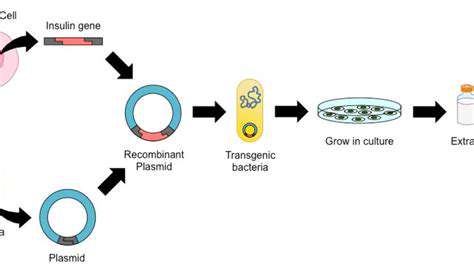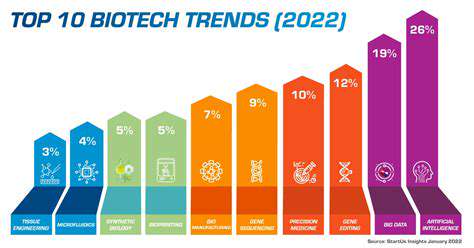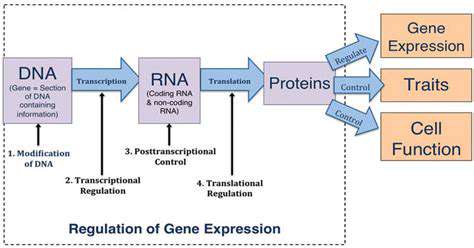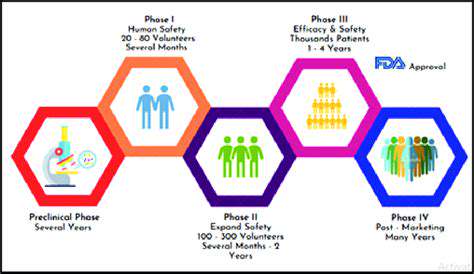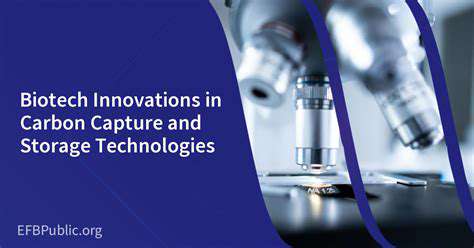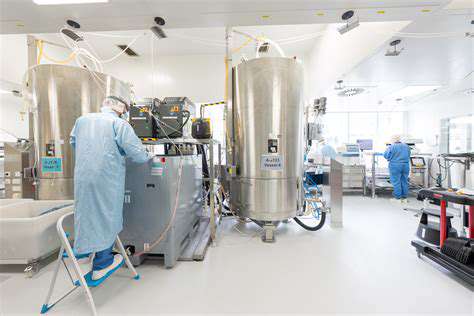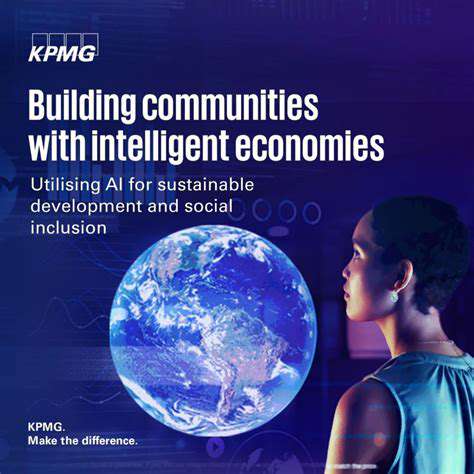Bio-based Plastics: An Overview
Bio-based plastics are a rapidly developing field, offering a potential solution to the environmental problems associated with traditional petroleum-based plastics. These materials are derived from renewable resources like plants, rather than finite fossil fuels. This shift towards bio-based alternatives promises a more sustainable future, reducing reliance on non-renewable resources and minimizing the environmental impact of plastic production and disposal.
The fundamental concept behind bio-based plastics revolves around utilizing biological sources, such as agricultural crops, wood, and algae, to create plastic-like polymers. This process can utilize a variety of methods and techniques, which we will explore further in subsequent sections.
Types of Bio-based Plastics
Various types of bio-based plastics exist, each with its own unique properties and applications. Polylactic acid (PLA) is a common example, derived from renewable resources like corn starch. Another example is polyhydroxyalkanoates (PHAs), a diverse group of biopolymers produced by microorganisms. The choice of bioplastic depends heavily on the specific application, balancing factors like strength, flexibility, and biodegradability.
Environmental Advantages of Bio-based Plastics
One of the most significant advantages of bio-based plastics is their reduced carbon footprint. By utilizing renewable resources, the production process avoids the extraction and processing of fossil fuels, thus reducing greenhouse gas emissions. Furthermore, many bioplastics are biodegradable, meaning they decompose naturally over time, reducing the accumulation of plastic waste in landfills and the environment.
The lessened reliance on finite fossil fuels also contributes to energy security and price stability, which are critical economic factors in a world increasingly affected by climate change.
Challenges and Considerations
Despite the significant environmental benefits, bio-based plastics face certain challenges. One key consideration is the potential for land use changes associated with the production of bio-based feedstocks. For example, if large-scale biofuel production competes with food crops, it could have negative consequences for food security and the livelihoods of farmers. Therefore, sustainable practices are crucial in ensuring that bio-based plastic production doesn't negatively impact other critical sectors.
Production and Processing of Bio-based Plastics
The production methods for bio-based plastics can vary considerably, depending on the specific polymer being produced and the feedstock used. Some bioplastics are chemically synthesized from renewable resources, while others are derived directly from biological organisms or microorganisms. Understanding these different production processes is key to evaluating the overall sustainability of each bioplastic.
Scalability and efficiency in production are also critical factors to consider to make bio-based plastics more competitive with traditional plastics in the market.
Economic and Market Trends
The bio-based plastics market is experiencing significant growth, driven by increasing consumer awareness of environmental issues and government policies promoting sustainable alternatives. As research and development continue to improve the properties and affordability of bio-based plastics, they are likely to become increasingly prevalent in various applications, such as packaging, textiles, and consumer goods.
However, continued research and investment in both production and processing techniques are crucial to drive down costs and make bio-based plastics more competitive with traditional petroleum-based materials, thus expanding their overall market share.
Enhancing Energy Efficiency through Microbial Interventions

Improving Building Insulation
Proper insulation is crucial for maintaining a comfortable indoor temperature and minimizing energy loss. insufficient insulation leads to significant heat transfer, forcing heating and cooling systems to work harder. This, in turn, increases energy consumption and contributes to higher utility bills. High-performance insulation materials, such as advanced fiberglass, cellulose, or spray foam, offer excellent thermal resistance, effectively sealing air leaks and reducing heat loss or gain.
Installing proper insulation in walls, attics, and roofs is a significant investment that yields substantial long-term returns. By reducing heat transfer, these measures directly impact energy efficiency. This translates to lower energy bills and a smaller carbon footprint. Furthermore, properly sealed buildings are more comfortable for occupants, and insulation can also contribute to soundproofing.
Optimizing HVAC Systems
Regular maintenance and optimization of heating, ventilation, and air conditioning (HVAC) systems are vital for maximizing energy efficiency. This includes ensuring proper airflow, inspecting and servicing filters, and calibrating thermostats to maintain an optimal temperature. Regular maintenance can significantly reduce energy consumption and extend the lifespan of your HVAC system.
Implementing smart thermostats, which can learn user preferences and automatically adjust the temperature, can also contribute significantly to energy savings. These systems can learn your schedules and habits, optimizing energy usage and minimizing wasted energy. Moreover, proper ductwork sealing and air leaks inspection can further enhance the effectiveness of the HVAC system.
Scheduling professional HVAC tune-ups annually can prevent costly breakdowns and ensure efficient operation. These services often identify potential issues early, allowing for timely repairs and preventing larger, more expensive problems down the road. HVAC maintenance is a crucial step in maintaining energy efficiency.
Regular filter replacements and cleaning are also crucial. Clogged filters restrict airflow, forcing the HVAC system to work harder and consume more energy. Regular filter maintenance directly impacts the efficiency of the entire system.
Utilizing Renewable Energy Sources
Incorporating renewable energy sources, such as solar panels or geothermal systems, can significantly reduce reliance on traditional energy grids and contribute to substantial long-term energy savings. Solar panels, for example, harness the power of the sun to generate electricity, reducing your dependence on fossil fuels and lowering your energy bills.
Geothermal systems utilize the constant temperature of the earth to provide heating and cooling solutions. By tapping into this stable source of energy, buildings can maintain consistent indoor temperatures with significantly reduced energy consumption. This transition to renewable energy sources has important implications for lowering our carbon footprint.
The initial investment in renewable energy systems may be higher, but the long-term savings in energy costs often outweigh the initial outlay. These systems, while requiring a larger upfront investment, can provide significant long-term savings. Moreover, they contribute to a cleaner and more sustainable future.
The seeds of modern mobile payments were sown in the early days of cellular technology, when visionaries began to imagine a world where transactions could be conducted seamlessly on portable devices. This wasn't just about convenience; it was about revolutionizing how people interacted with commerce, envisioning a future where cash and cumbersome physical cards became relics of the past. This early vision, though nascent, laid the groundwork for the complex ecosystems we see today.


